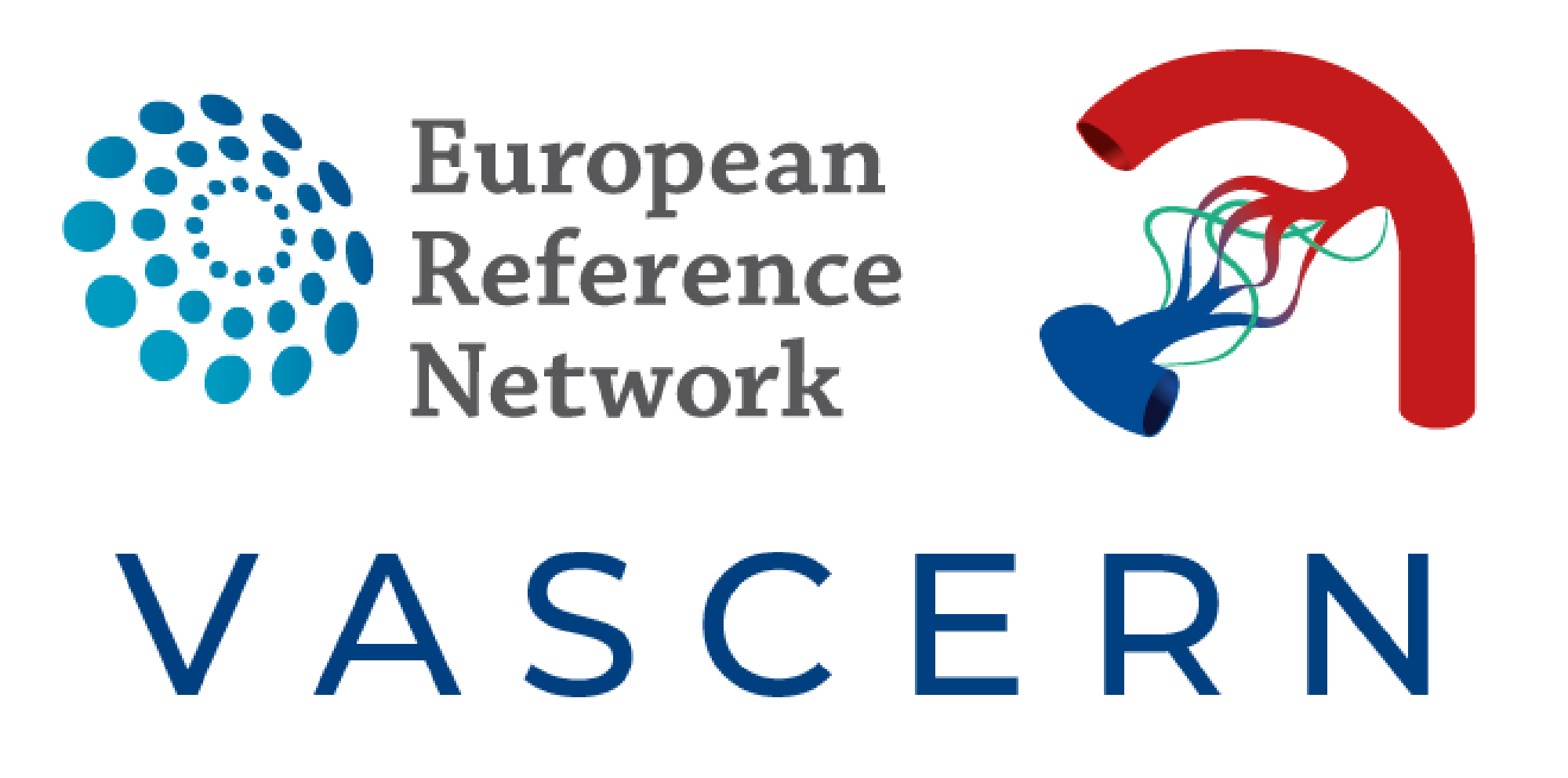

On March 28, the VASCERN Heritable Thoracic Aortic Diseases (HTAD) Working Group met in Brussels for its Spring Meeting bringing together specialists, and patient advocates from across Europe. It was a packed day of updates, discussion, and planning, reflecting the group’s energy and drive to keep pushing forward on care, research, and patient support for rare aortic diseases like Marfan and Loeys-Dietz syndromes.
The day opened with case discussions via the Clinical Patient Management System (CPMS), which is a regular feature of HTAD meetings that continues to strengthen cross-border diagnosis and care. These real-world cases prompted expert exchange on complex clinical decisions.

The role of patients in shaping healthcare was reaffirmed with a presentation from the European Patient Advocacy Group (ePAG), delivered by ePAG representatives and Co-Chairs for the HTAD WG Carmen Quiros Paz and Elena de moya Rubio, highlighting patient needs, feedback, and involvement in current initiatives.
A particularly engaging session was led by Dr. Vivian de Waard, who presented on resveratrol and its potential therapeutic value in HTAD. Her insights sparked a thoughtful exchange on future research directions and clinical relevance.
Next, Elena de Moya Rubio and Dr. Meike Rybczynski introduced ongoing work on Patient Centred Quality Outcome Measures (POMs) of HTAD care and Patient-Reported Outcome Measures (PROMs). These tools are critical for incorporating patient perspectives into care planning and evaluating how treatments affect quality of life. They presented results from a survey of healthcare providers in the HTAD WG on how well centres meet key elements of HTAD care that matter to patients. Unlike clinical outcome measures (COMs), which track treatment results, POMs focus on service availability and patient priorities, helping to highlight strengths and identify gaps in care.
The meeting also spotlighted ongoing research, with Dr. Nimrat Grewal presenting a promising new project that drew interest and critical discussion. This was followed by the coordination team—Prof. Guillaume Jondeau (VASCERN coordinator and HTAD WG Co-Chair), Dr. Roberta Armignacco (VASCERN Science & Training Project Officer), and Dr. Gloria Somalo Barranco (VASCERN Science & Education Project Officer)—who shared updates on CPMS 2.0, monitoring, and current and upcoming training activities, including the Summer School. Pediatric care was on the agenda too, with Dr. Laura Muiño Mosquera giving a brief update on the Paediatric Working Group’s latest work.




In the afternoon, Dr. Meike Rybczynski presented her centre—the University Heart and Vascular Center Hamburg, one of the HTAD WG centres—highlighting the history, current initiatives and challenges. Then, Dr. Marlies Kempers (HTAD WG Chair) led the session on the HTAD Patient Pathway. The group is currently working on Version 2, aimed at refining how the care journey is structured from diagnosis to lifelong management based on new research and clinical practice.
Prof. Guillaume Jondeau gave a status update on the HTAD registry, followed by two shared resource projects: a gene variant compendium from Prof. Bart Loeys and a clinical features compendium presented by Prof. Yskert von Kodolitsch, which are both designed to support accurate diagnosis and shared understanding of HTAD across centres.
Before wrapping up, the group looked ahead: discussing proposals for new guidelines and webinars, collaboration with the Medium-Sized Arteries (MSA) Working Group, and a short “tips and tops” session to reflect on what worked well and what could be improved.
The Spring Meeting in Brussels reaffirmed the strength of cross-border collaboration within VASCERN. With each case shared and project advanced, the HTAD Working Group is making expert-led, patient-centred care more consistent and more connected across Europe.

